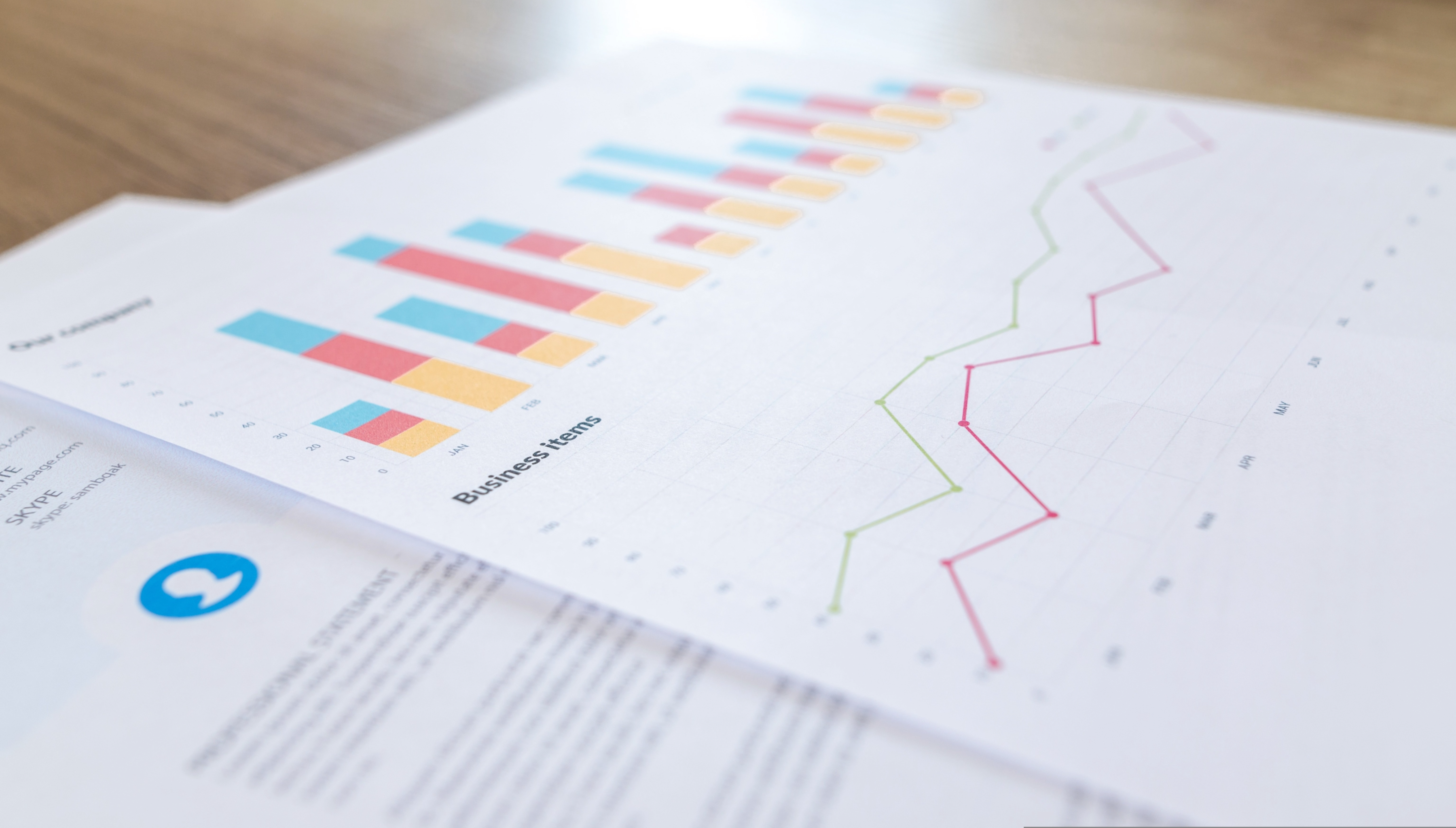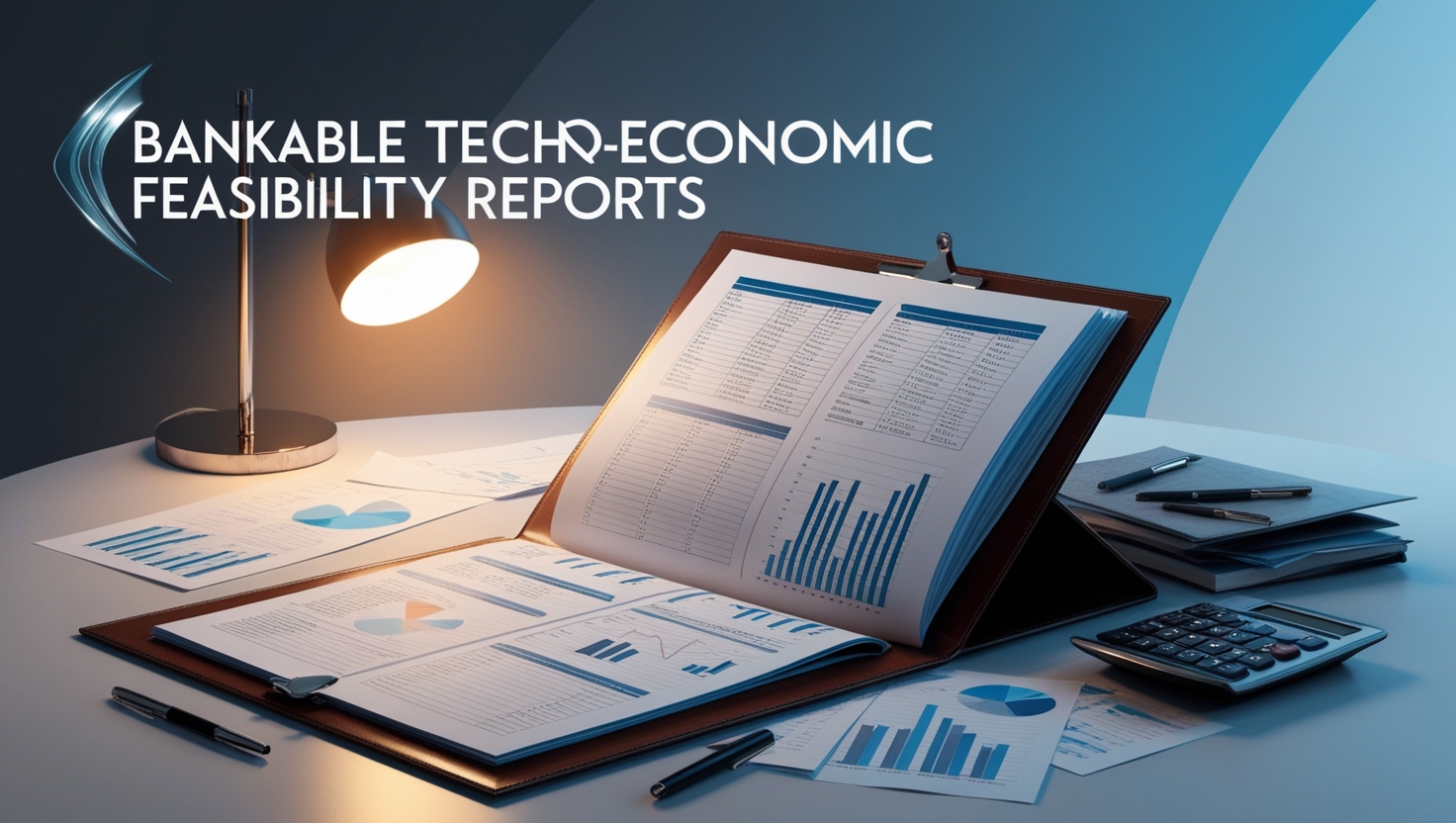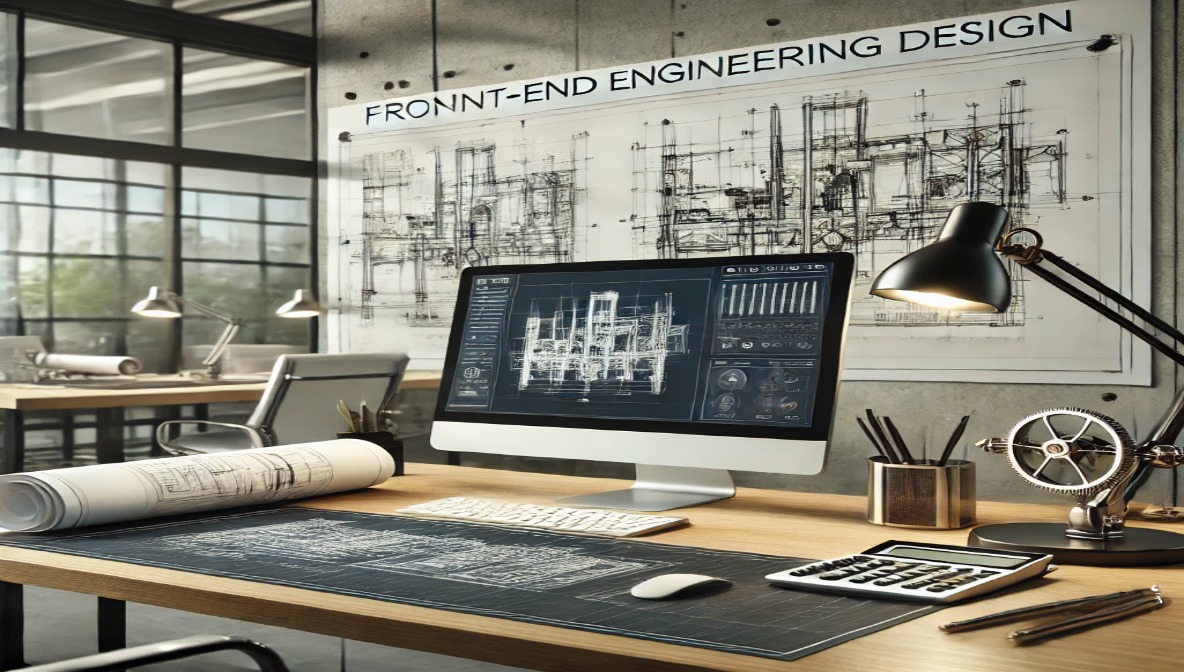Pre-Feasibility Reports (PFR)
Structured document outlining a project's initial concept, its objectives, benefits, and feasibility for stakeholders, Statutory Authorities & other Decision-makers.
- Executive Summary: A concise summary of the project's goals, scope, key challenges and expected outcomes.
- Objectives: Clear articulation of the project's aims and expected impact.
- Project Description: Description of the project concept, its purpose, target audience, and key deliverables. Initial sketches, layouts, or design concepts.
- Budget Estimates: Preliminary cost estimates and financial requirements.
- Timeline: Initial project schedule and major milestones.








